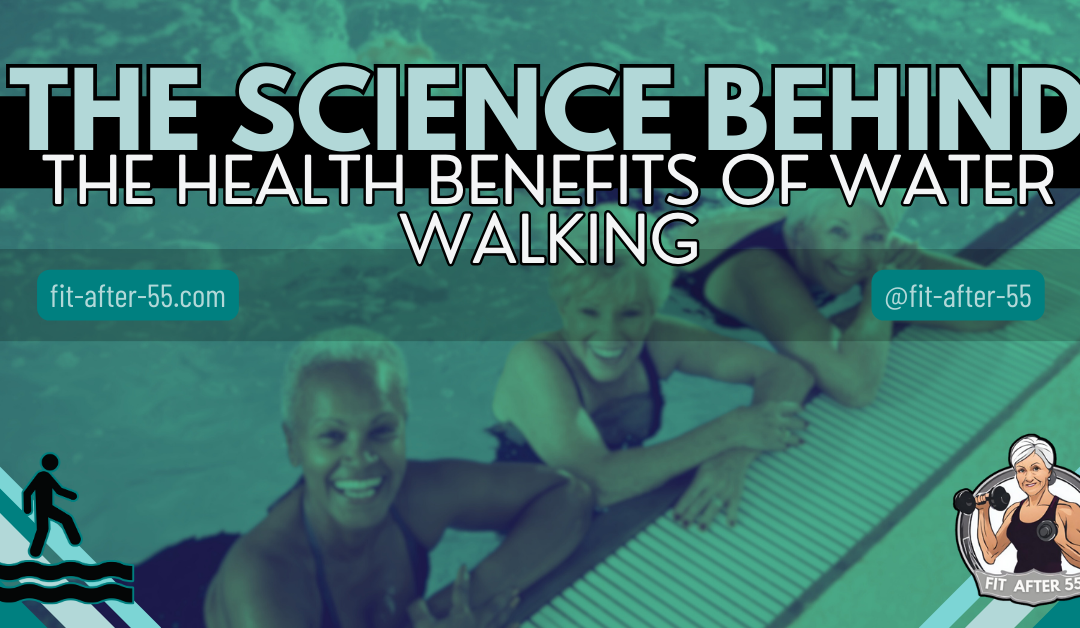The health benefits of water walking extend far beyond a refreshing dip in the pool. This low-impact exercise offers a treasure trove of advantages, making it a perfect choice for seniors and anyone seeking a gentle yet effective path to improved fitness and overall well-being. Let’s dive deeper and explore the science behind water walking and how it can transform your health journey.
Health Benefits of Water Walking: A Low-Impact Path to Fitness
When I added water walking to my exercise routine I was so amazed! It’s a low-impact exercise that anyone can try. Think of it as the aquatic equivalent of a stroll or brisk walk in the park, but with added benefits thanks to the water’s properties. It involves walking through water, usually in a pool, and can range in intensity from a gentle, therapeutic pace to a more robust workout, depending on the water depth and your speed.
You might be curious about how this simple activity became so popular. Well, it’s not just a fitness fad; water walking has deep roots. For centuries, cultures around the world have recognized the therapeutic qualities of water exercises. Today, it’s embraced by fitness enthusiasts, athletes, and physical therapists alike.
Understanding why water walking works so well means looking at water’s unique properties. Water provides resistance, which is key to strengthening muscles, yet its buoyant nature is gentle on the joints. So whether you’re a swimmer looking for a change or someone seeking a kinder workout option, water walking might just be your perfect match.
Now, what makes this different from just swimming laps or engaging in other water aerobics? It’s simple: water walking specifically targets the motion and muscles used in traditional walking but transforms the experience through the water environment. And that sets the stage for a fascinating discussion about buoyancy and resistance—key players in the science behind water walking’s health benefits, which you’re going to find out about in the next section.
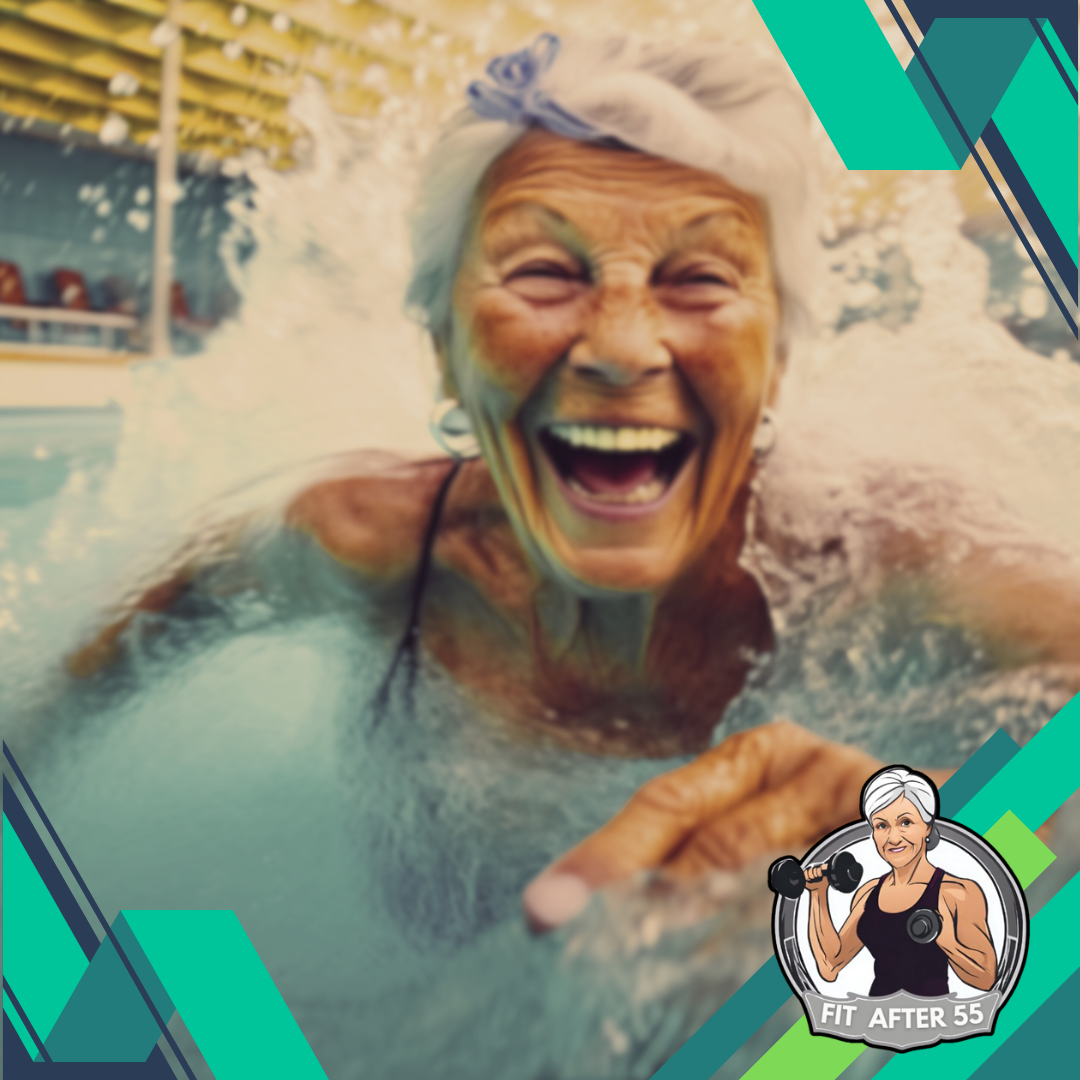
Key Takeaways
- Water walking is a gentle exercise on joints, perfect for beginners and those with injuries.
- It strengthens muscles, improves heart health, and helps with weight management.
- You can make it more challenging with water weights or different walking styles.
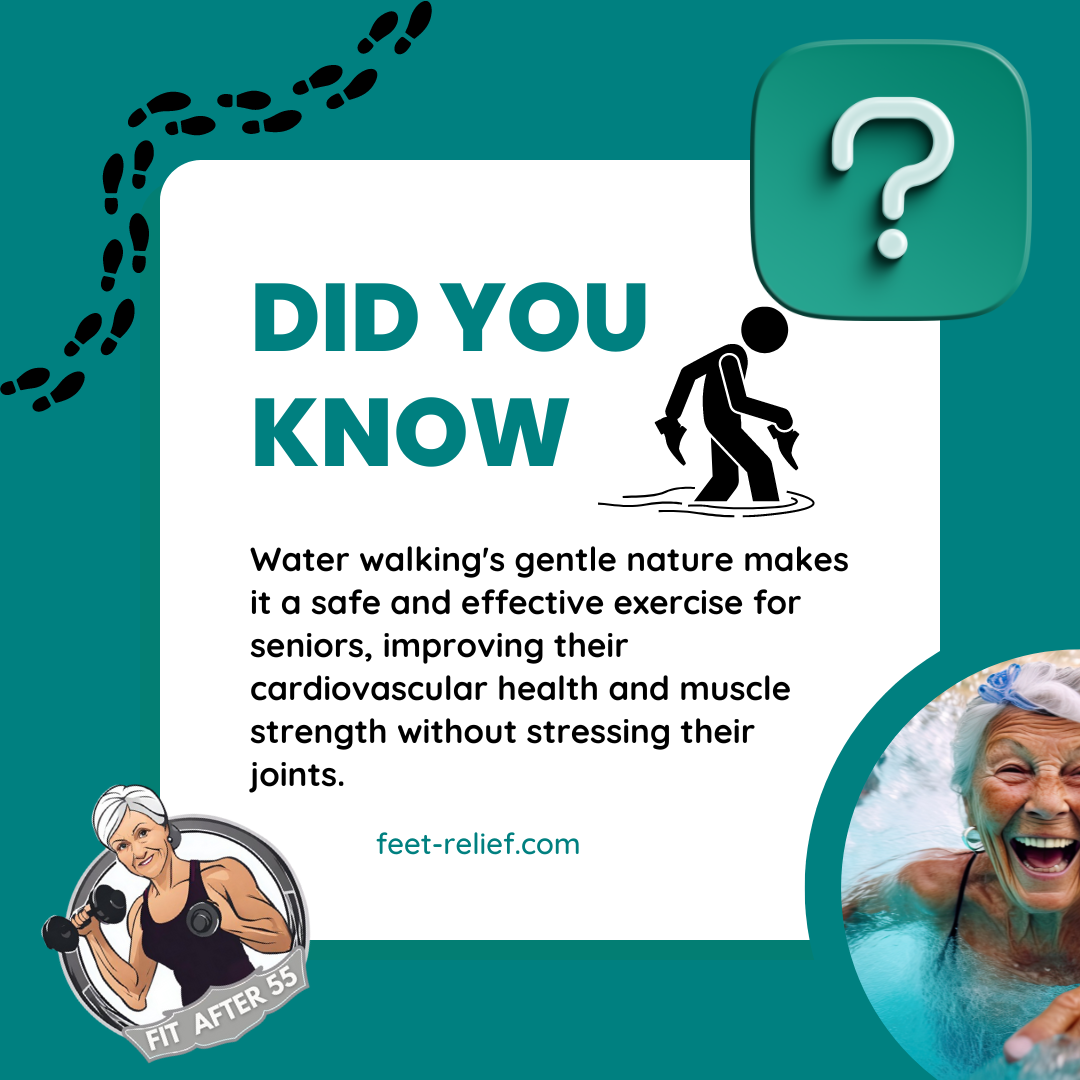
The Science of Buoyancy and Resistance: How Water Empowers Your Workout
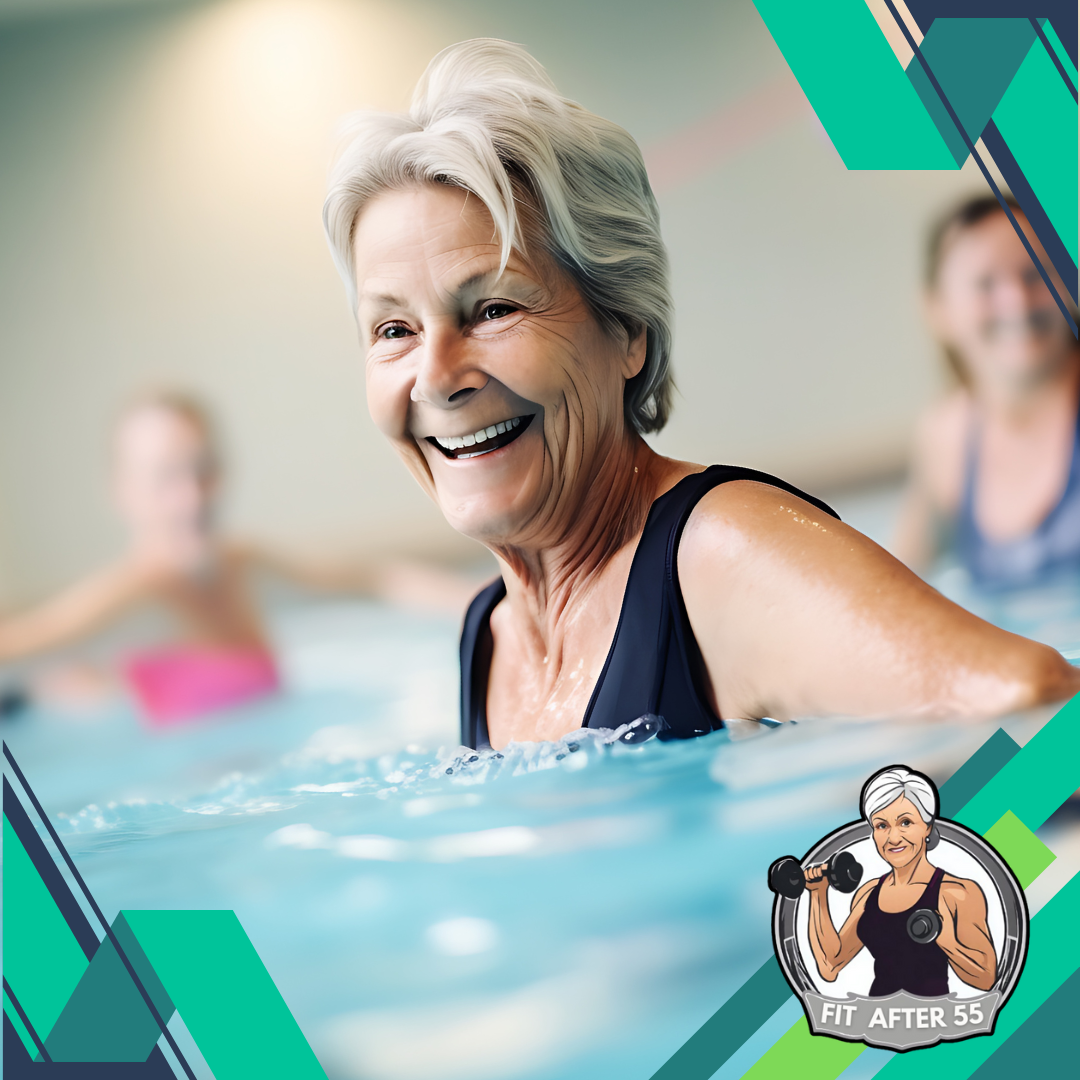
Buoyancy: A Gentle Lift for Your Joints
Have you ever wondered why exercising in water feels so different than on land? It’s like stepping onto a softer, more forgiving surface. That’s because of a concept called buoyancy. When you submerge yourself in water, you experience an upward force that lifts your body weight. This isn’t just a pleasant feeling, it’s a huge advantage! Especially if you’ve been avoiding exercise due to joint pain or arthritis. Buoyancy significantly reduces the impact on your joints, making water walking a much gentler exercise compared to its land-based counterparts.
Water Resistance: A Constant Challenge
But water isn’t just about taking it easy. It also offers a unique challenge you won’t find on land: resistance. Imagine walking through a room filled with marshmallows – that’s kind of what it’s like to move through water. The water provides a consistent, gentle force against your every move, almost like an invisible personal trainer. This resistance makes your muscles work harder, even during simple movements like walking. So, water walking is a form of resistance training in disguise – you’re building muscle strength without even needing weights!
Hydrostatic Pressure: A Boost for Your Circulation
There’s more to the magic of water than meets the eye (or splashes!). Water also exerts a force called hydrostatic pressure on your entire body. This pressure might sound intimidating, but it actually has fantastic benefits for your heart and circulation. As you water walk, this pressure helps increase blood flow throughout your body. Think of it like a gentle massage from the inside out! Improved blood flow can lead to lower blood pressure and better cardiovascular function in the long run.
A Rehabilitation Ally
If you’re recovering from an injury, water walking can be a valuable ally on your road to recovery. The buoyancy of water reduces the stress on your injured joints, allowing them to heal without the added strain of land-based exercises. At the same time, the water’s resistance helps you build muscle strength and improve joint stability without putting undue pressure on the healing area. This is why many physical therapists integrate water walking into rehab programs. So, if you’re looking for a low-impact, high-result exercise that can help you recover from an injury, water walking might just be your perfect match.
The Whole-Body Health Advantages of Water Walking
Water walking isn’t just a gentle exercise for your joints; it’s a full-body experience with surprising perks. Here’s a breakdown of some key benefits:
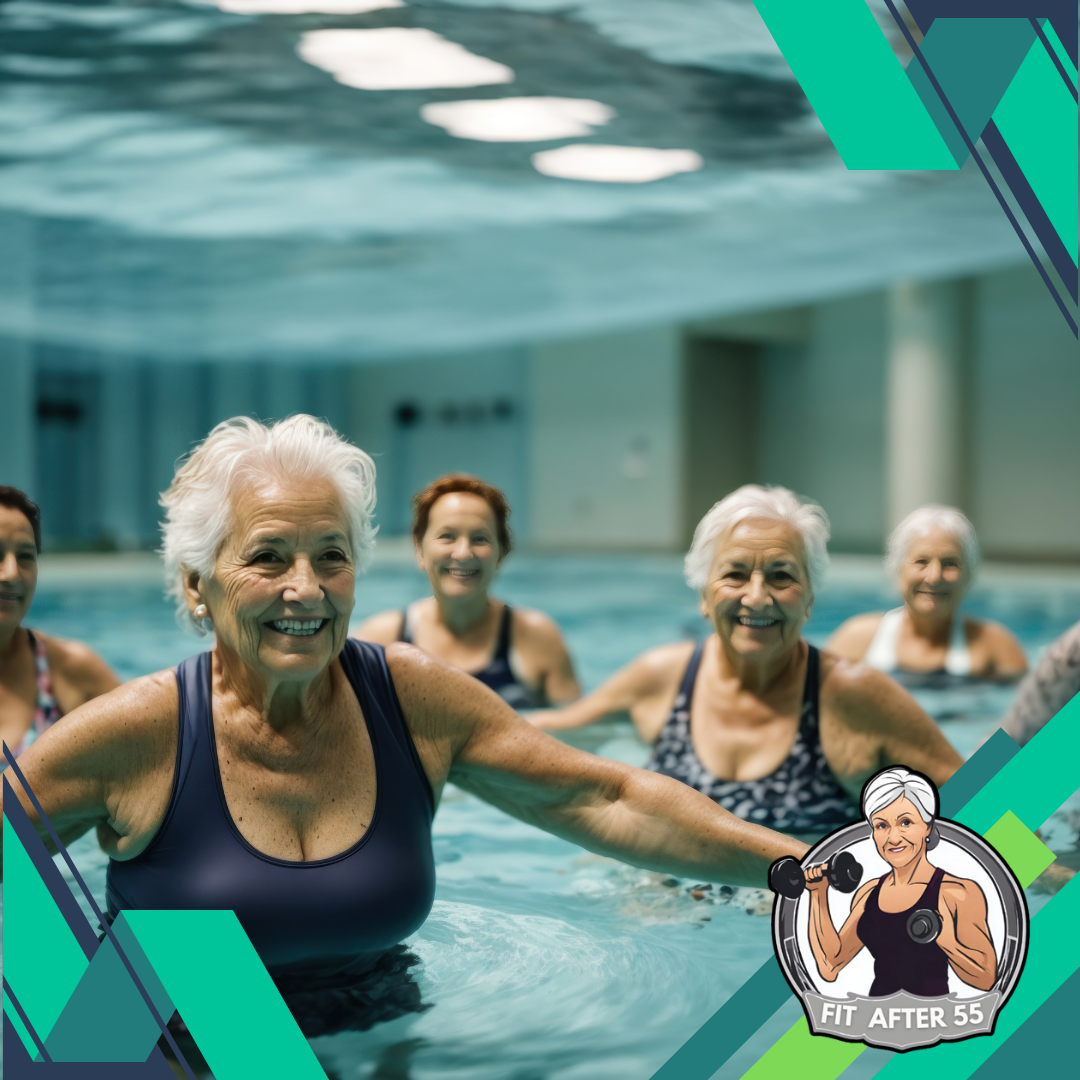
| Benefit | How Water Walking Helps |
|---|---|
| Cardiovascular Health | Increases heart rate and blood circulation, improving overall heart function. |
| Weight Management | Water resistance burns more calories than walking on land, aiding weight loss. |
| Flexibility & Balance | The fluid movements in water enhance your range of motion, while water’s resistance improves balance. |
But the benefits extend beyond the physical. Water walking offers a surprising mental and emotional boost:
- Improved Cognitive Function: Maintaining rhythm and form in water requires focus, sharpening your cognitive skills.
- Stress Reduction: The calming nature of water-based activities promotes relaxation and a more resilient stress response.
So, the next time you’re looking for a workout that’s gentle on your body but impactful on your health, consider taking a dip into the world of water walking. You might be surprised at how much you enjoy it!
Expanding Your Water Walking Experience: Adding Variety and Fun
Water walking is fantastic for its simplicity, but there are ways to add variety and keep your routine engaging. This section will explore how to make your water walking workouts more fun and target specific fitness goals.
Incorporating Equipment:
- Water weights: Light weights can intensify your upper body workout and boost calorie burn.
- Aqua noodles: Use pool noodles for added resistance during leg lifts, kicks, or pushing motions in the water.
- Aqua gloves: These webbed gloves increase upper body resistance as you move your arms.
Adding Variety to Your Routine:
- Interval training: Alternate between high-intensity walking periods and slower recovery walks to elevate your heart rate and burn more calories.
- Walking drills: Try walking backward, sideways, or lunges to challenge your balance and core strength.
- Partner up: Water walking with a friend or group can boost motivation and add a social element.
Targeting Specific Goals:
- Weight loss: Focus on higher intensity intervals and incorporate water weights for maximum calorie burn.
- Muscle toning: Use aqua noodles or gloves for added resistance during specific muscle groups you want to target.
- Balance and coordination: Walking backward, lunges, and side shuffles will challenge your balance and core stability.
By incorporating these tips, you can transform your water walking routine from a simple exercise to a well-rounded workout that keeps you engaged and helps you achieve your specific health and fitness goals. Remember, the key to sticking with any exercise program is to find ways to make it enjoyable. So, have fun and explore the many possibilities water walking offers!
Putting It into Practice: Tips for Safe and Effective Water Walking
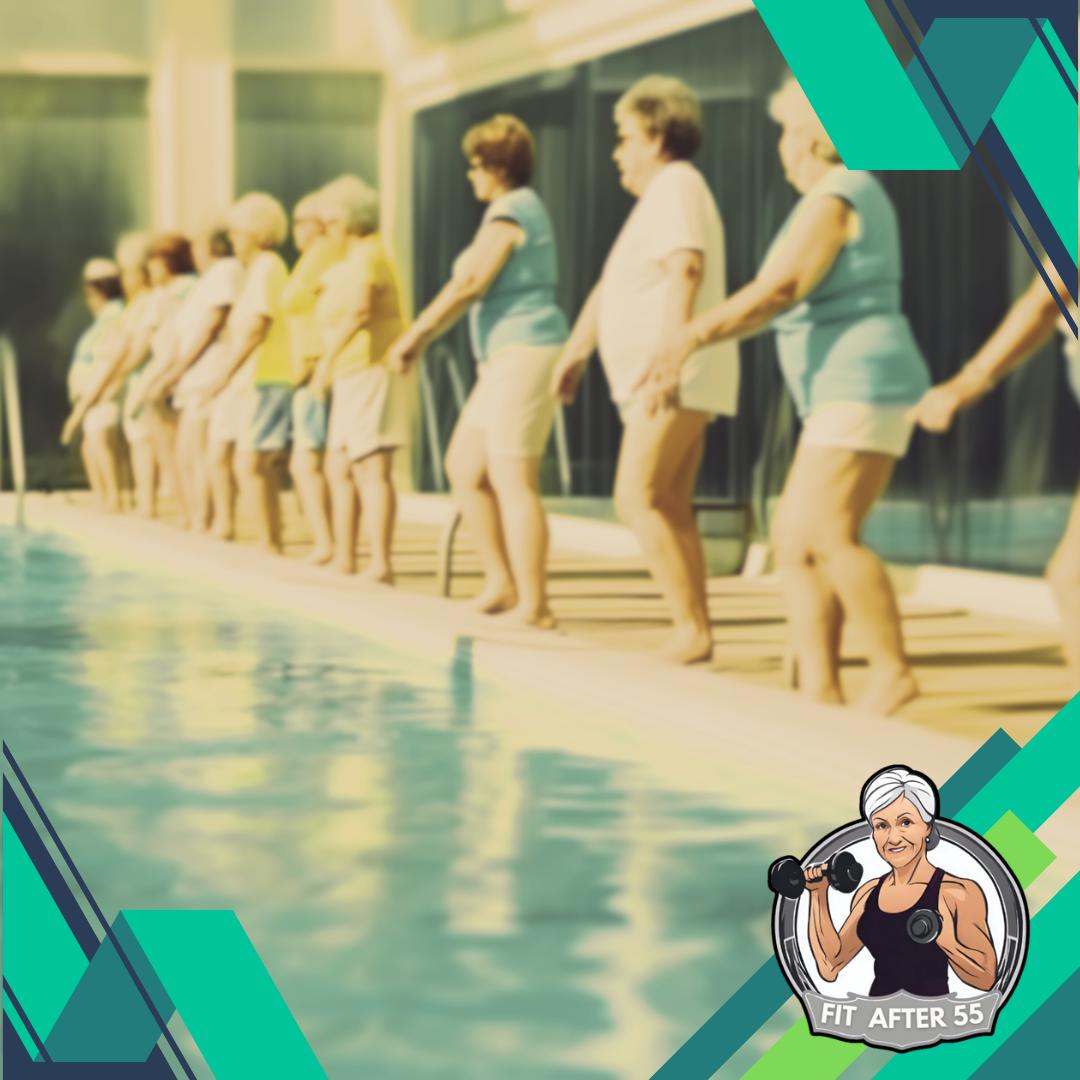
I heard water walking is good for recovery. Is that true?
Definitely! Water walking is a fantastic rehabilitation tool. The buoyancy reduces stress on injured joints while the water’s resistance helps build muscle strength and stability, all without putting undue pressure on the healing area. This makes it ideal for recovering from injuries or surgery.
Can water walking help with cellulite?
While water walking won’t eliminate cellulite entirely, it can certainly help! Regular exercise, like water walking, improves circulation which can help reduce the appearance of cellulite. Additionally, the muscle toning benefits of water walking can improve the overall tone and appearance of your legs.
Is water walking better than regular walking?
Both exercises are fantastic! They each have unique benefits. Water walking is a lower-impact option that’s easier on your joints. It also adds an element of resistance that can help build muscle tone. However, regular walking might be more convenient and can be done almost anywhere. The best option? Include both in your routine for a well-rounded workout!
Age Is Just a Number. Fitness Is a Choice.
Unleash your inner rockstar at 55+! Visit [fit-after-55.com] for workouts, tips, and a community that cheers you on. Join the Facebook group too! Join our Facebook Group. Time to rewrite your story!

